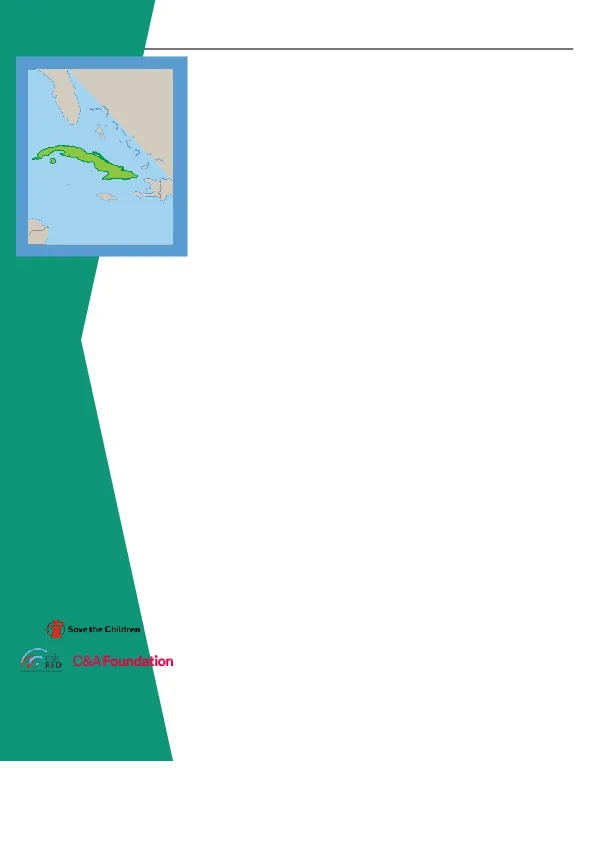
Study: Research
Students Leading Communities in Disaster Risk Reduction through Informal Education in Cuba
Publication year:
2023
Chinese
Format:
(774.4 KiB)
Publisher:
Save the Children,Save the Children China
In Cuba, environmental education and disaster prevention are directly related. From preschool through secondary school, the national curriculum addresses environmental protection. Classes focus on ecological problems, natural hazard risks, and disaster mitigation and prevention. However, officials within the Ministry of Education (MINED) consider formal school-based disaster risk reduction (DRR) and environmental education insufficient, because it excludes adults and cannot be rapidly updated with new knowledge. In response, the MINED-developed informal DRR education programs that include the
whole community. The project, Education, Leadership, and Gender for the Strengthening of Resilience in Children and Adolescents against Risk, Danger, and Vulnerability in Cuba (the Education, Leadership, and Gender project), aims to strengthen the resilience and response capacity of children and communities against natural hazards. Despite frequent hurricanes and flooding in Cuba, the number of related fatalities is minimal, largely due to the political will of preserving lives through formal and informal hazard education.
在古巴,环境教育与灾害防范直接相关。从幼儿园到中学的国家课程里都有环境保护的内容。课程重点关注生态问题、自然灾害风险和减防灾。然而,教育部官员认为,仅在学校开展减灾和环境教育还不够,因为这不能覆盖成年人和校外人群,也不能快速更新知识。为此,教育部制定了针对整个社区的非正式减灾教育计划。“加强古巴儿童和青少年关于风险、危险和脆弱性的教育项目”(“教育、领导和性别平等”项目)目的在于加强儿童和社区的抗灾韧性和应灾能力。尽管古巴飓风和洪水灾害频发,但其导致的死亡人数却很低,主要原因就是通过正规和非正式的灾害教育来保护生命的政治决心。
Read full abstract
View & Download
Document information
Publisher
Content type
Country
Region
Rights
© Author/Publisher
Found a mistake? Help us improve!
If you have noticed a document assigned to the wrong author or any other inaccuracies, let us know! Your feedback helps us keep our data accurate and useful for everyone.
Share
Link
